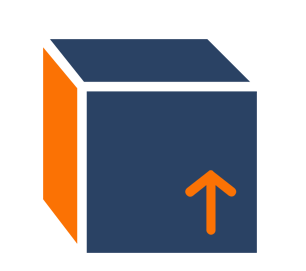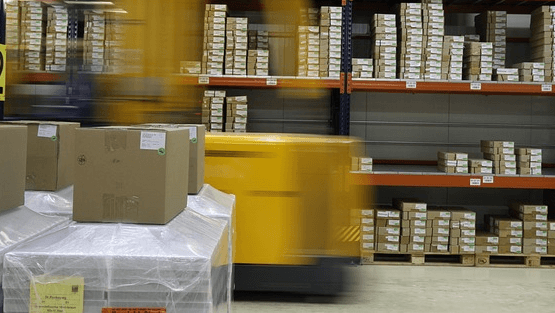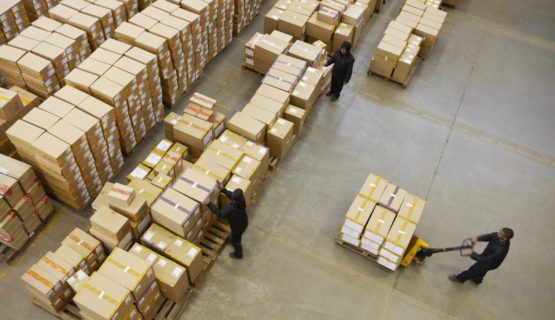
Supplies
How can supplies be optimised?
- How many product references should be created?
- How can I identify the ‘best’ in a collection?
- How can I introduce new items without creating excess stocks?
- How many units should I allow for resupply?
- What volume should I plan to buy?
- What organisation should I implement to optimise my collection process?
And many other questions that are inherent
to textile company collection processes.
The SC-2 answers:
Structured purchases using appropriate management tools
Stage 1 – Determine your collection strategy: reconcile image and profitability
Establishing a collection strategy involves identifying the objectives and the means to achieve them, taking account of, amongst others:
- The rhythm of product renewal
- The supply and resupply policies
- The quantity, turnover and margin objectives
- The frequency and methods used for promotional actions
- The expected residual stock levels
Stage 2 – Implement suitable management tools: rationalise to control
Implementing suitable management tools permits the product teams to prepare their budgets, their collection plan and their buying plan by incorporating:
- Changes provided by styling teams
- Supplier origins for major imports or short supply circuits
- The selected production orientations
- Transport means
- The final transfer price objective
Stage 3 – Have an international organisation: anticipate and manage
Installing a suitable international organisation that reconciles divers sourcing, different commercial calendars, various distribution networks… means providing the means to increase in effectiveness and profitability:
- External logistic centres near the production and/or distribution zones
- Specific goods handling depending on the needs (installation or resupply)
- Consolidating some tasks in strategic locations (quality control, labelling, etc.)
- Transport consolidation
- On-line management of goods flows
The SC-2 commitment: Reliable and secure tools
SC-2 can implement tools using Excel or specific software that incorporate each company’s specific constraints and needs. These tools have already been installed for several textile sector companies and have all proven their performance, ergonomy and reliability.



